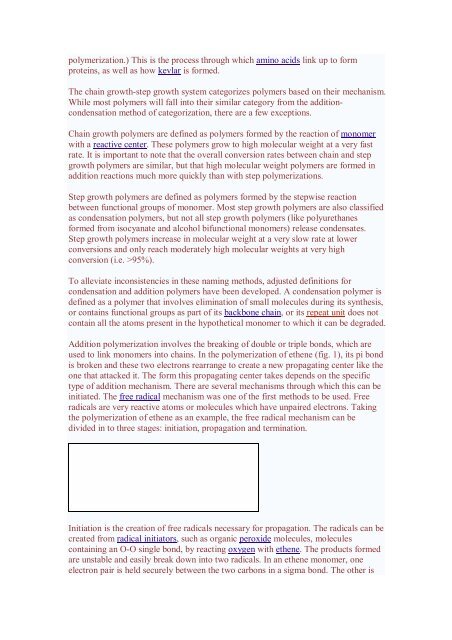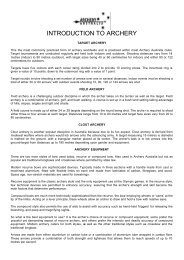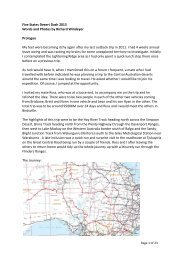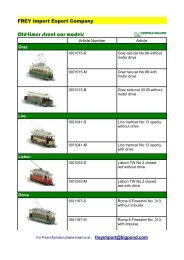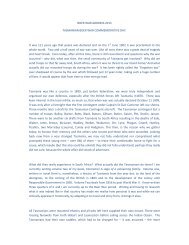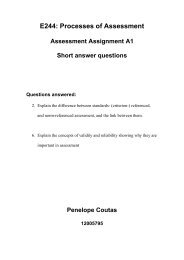Writing Equations for Precipitation Reactions Precipitation reactions ...
Writing Equations for Precipitation Reactions Precipitation reactions ...
Writing Equations for Precipitation Reactions Precipitation reactions ...
You also want an ePaper? Increase the reach of your titles
YUMPU automatically turns print PDFs into web optimized ePapers that Google loves.
polymerization.) This is the process through which amino acids link up to <strong>for</strong>m<br />
proteins, as well as how kevlar is <strong>for</strong>med.<br />
The chain growth-step growth system categorizes polymers based on their mechanism.<br />
While most polymers will fall into their similar category from the additioncondensation<br />
method of categorization, there are a few exceptions.<br />
Chain growth polymers are defined as polymers <strong>for</strong>med by the reaction of monomer<br />
with a reactive center. These polymers grow to high molecular weight at a very fast<br />
rate. It is important to note that the overall conversion rates between chain and step<br />
growth polymers are similar, but that high molecular weight polymers are <strong>for</strong>med in<br />
addition <strong>reactions</strong> much more quickly than with step polymerizations.<br />
Step growth polymers are defined as polymers <strong>for</strong>med by the stepwise reaction<br />
between functional groups of monomer. Most step growth polymers are also classified<br />
as condensation polymers, but not all step growth polymers (like polyurethanes<br />
<strong>for</strong>med from isocyanate and alcohol bifunctional monomers) release condensates.<br />
Step growth polymers increase in molecular weight at a very slow rate at lower<br />
conversions and only reach moderately high molecular weights at very high<br />
conversion (i.e. >95%).<br />
To alleviate inconsistencies in these naming methods, adjusted definitions <strong>for</strong><br />
condensation and addition polymers have been developed. A condensation polymer is<br />
defined as a polymer that involves elimination of small molecules during its synthesis,<br />
or contains functional groups as part of its backbone chain, or its repeat unit does not<br />
contain all the atoms present in the hypothetical monomer to which it can be degraded.<br />
Addition polymerization involves the breaking of double or triple bonds, which are<br />
used to link monomers into chains. In the polymerization of ethene (fig. 1), its pi bond<br />
is broken and these two electrons rearrange to create a new propagating center like the<br />
one that attacked it. The <strong>for</strong>m this propagating center takes depends on the specific<br />
type of addition mechanism. There are several mechanisms through which this can be<br />
initiated. The free radical mechanism was one of the first methods to be used. Free<br />
radicals are very reactive atoms or molecules which have unpaired electrons. Taking<br />
the polymerization of ethene as an example, the free radical mechanism can be<br />
divided in to three stages: initiation, propagation and termination.<br />
Initiation is the creation of free radicals necessary <strong>for</strong> propagation. The radicals can be<br />
created from radical initiators, such as organic peroxide molecules, molecules<br />
containing an O-O single bond, by reacting oxygen with ethene. The products <strong>for</strong>med<br />
are unstable and easily break down into two radicals. In an ethene monomer, one<br />
electron pair is held securely between the two carbons in a sigma bond. The other is


